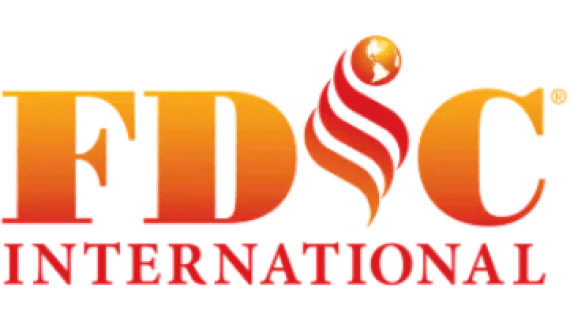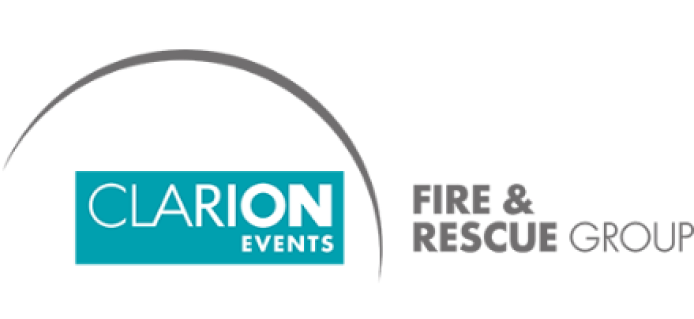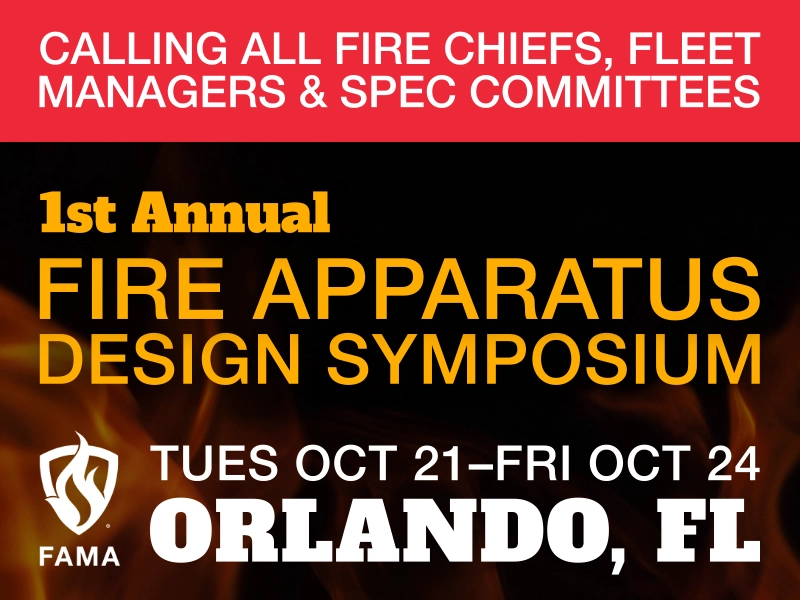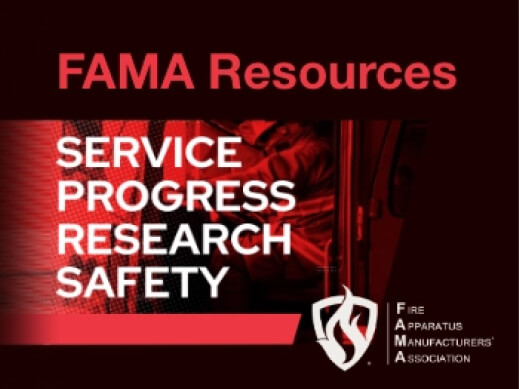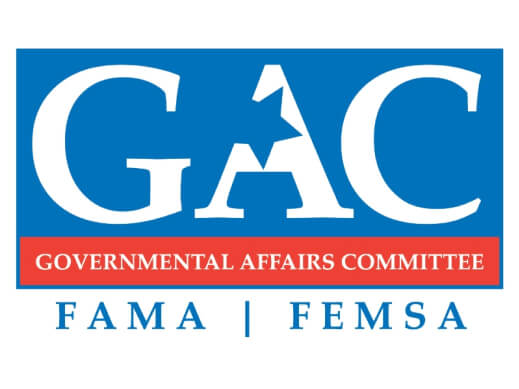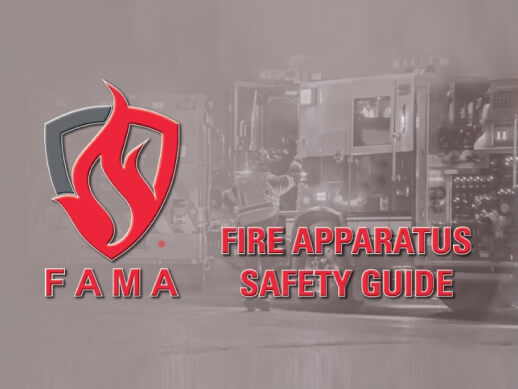Fire Apparatus are some of the most complicated, mission-critical vehicles manufactured today. The work mechanics and apparatus spec writers do in their shops or at their desks has the capacity to make a profound impact on the ability of the nation’s first responders to effectively do their jobs.
For 31 years, the Fire Department Safety Officers Association (FDSOA) has been working tirelessly to give apparatus committees and other firefighters a nonbrand-specific forum to ask questions. The goal is to allow the attendees to learn from multiple subject matter experts in one location. Attendees have an opportunity to delve deep into the topics that often are difficult to answer without an expert on hand. In partnership with the Fire Apparatus Manufacturers’ Association (FAMA), the FDSOA will be hosting fire departments from all over North America for the 2019 FDSOA Annual Apparatus Specification & Maintenance Symposium, which takes place from on January 21-23, 2019. The event will be held at the Wyndham Orlando Resort on International Drive, Orlando, Florida.
This event is the only conference dedicated to providing a better understanding of fire apparatus and ambulances to the emergency services industry. Presentations from leading industry figures, as well as apparatus and equipment manufacturers, provide the attendee with a wide range of factual data. Breakout sessions and networking events provide forums for sharing personal experiences with peers. Combined, the resources at this event can be used to form a better educated conclusion when writing specs, which ultimately can help keep your crews safe while answering calls for service.
In addition to a variety of industry experts and apparatus presentations, this year’s symposium will feature a closing presentation: “You say More Than You Think” by The NBC Today Show’s Leading Body Language Contributor Janine Driver.
FAMA member companies will provide insight on the following topics:
Multiplex Electronics: Fire apparatus have almost universally made the switch from old-school wire bundles and relays to multiplex electronics. Learn the basic theory of multiplexing and how it is applied to fire apparatus.
Electrical Power Management: Fire apparatus alternators are the source of power for everything from engine controls to scene lighting. Learn how apparatus manufacturers calculate power loads, how this power is managed on apparatus, and what decisions you should be making when specing your rig.
Specing Apparatus to Prevent Corrosion: At the 2017 Symposium, we presented on the causes of corrosion. The topic is back this year, but with an emphasis on what methods are available to reduce corrosion on in-service rigs and what options are available to prevent corrosion in new apparatus.
Engine Emissions Troubleshooting: Engine emissions systems have become more complicated over the past few decades. Learn from engine experts the fundamentals of diesel engine emissions and what to do when the dash lights come on.
Powertrain Specing: Choosing engine and transmission models and power ratings can be confusing. Big numbers don’t always translate into best for the job and usually come with a higher price tag. Learn about the tools and methods of determining the right powertrain for your application.
Clean Cab Concept: The desire to protect firefighters from fire scene contaminants can affect how you specify your apparatus. Learn about the latest apparatus options that can complement your decontamination policies and procedures.
Lighting Fixture Placement; Making Scene Lighting Effective: Having adequate lighting on scene is crucial to night operations, but simply having more and brighter lights is not the end of the story. This hands-on class teaches attendees the fundamentals of scene light placement and aiming to enhance the safety of fireground operations.
Aerial Inspections: Every year aerial apparatus requires one level of inspection. Every five years it requires a thorough inspection. This presentation will walk attendees through the requirements of each, explain why each inspection is performed, and provide guidance forhow you find a qualified inspector.
Advanced Pump Controls: The new generation of firefighters are used to Alexa, Siri, and Google Home answering questions and performing tasks. Learn how future apparatus may adapt technology to simplify pump operations.
Keeping Firefighters Off the Top of Apparatus: Falls from height are a significant risk and common causes of firefighter injuries. Learn about ways to develop policies and procedures for minimizing this risk and how to spec future rigs that will complement safer policies.
Air Bags and Occupant Protection: Occupant protection systems are available in all custom apparatus, and their acceptance in the industry is now almost universal. Learn about the devices that make up these systems, how they perform, and how they work to reduce deaths and injuries in a crash.
Brakes and Brake Adjustment: The National Institute for Occupational Safety and Health line-of-duty death reports continue to point to lack of brake maintenance as a significant problem. Learn the fundamentals of brake inspection and adjustment and procedures to implement to ensure a department maintains a safe fleet.
More information about the Symposium is available at www.FDSOA.org.
FAMA is committed to the manufacture and sale of safe, efficient emergency response vehicles and equipment. FAMA urges fire departments to evaluate the full range of safety features offered by its member companies.
